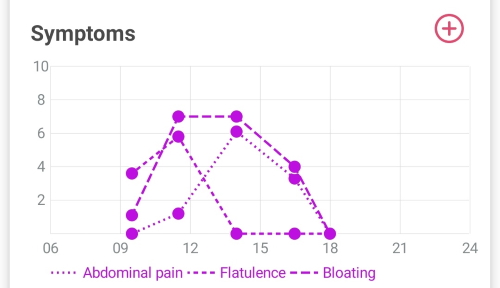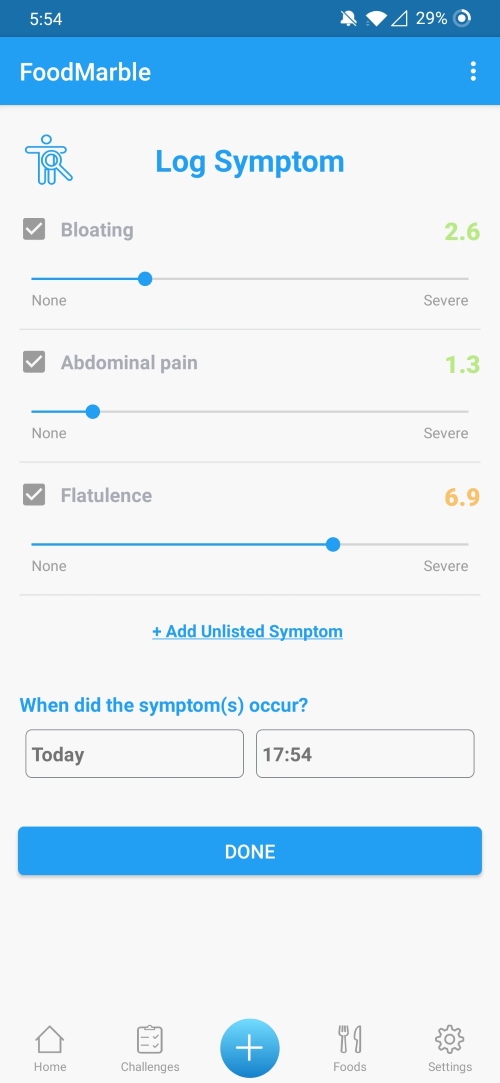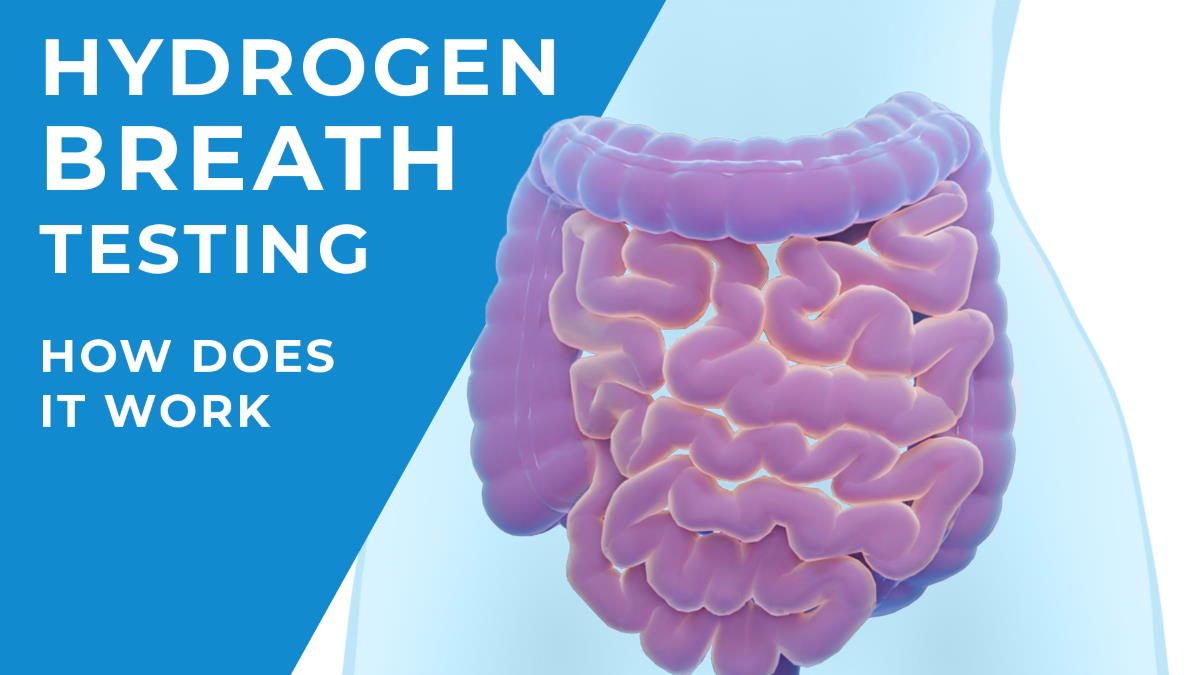Keep up to date with the latest features we have added to the FoodMarble app.
Howdy! We recently brought an exciting addition to the app. We’ve been working hard behind the scenes on this for quite some time, so I want to introduce you to the latest update – Numerical Symptom Logging!
Symptom logging has always been a key focus for us in the app. Logging your symptoms after breath tests can help you identify the foods (and FODMAPs) that are causing you issues.
“I have a high breath score, is this bad?”
This is a question we frequently hear from our users.
To answer this question, we need to know how a user is feeling while they are having high fermentation scores. Fermentation isn’t a bad thing. If it happens slowly, it can boost your levels of beneficial gut bacteria and has quite a few other health benefits too. However, it can often become a problem when fermentation occurs rapidly and starts to inflate your gut like a balloon.
Let’s look at some examples from users.
High Fermentation Score with No/Low Symptoms
You might get a high fermentation score but have no obvious symptoms. For the lucky ones, their gut microbes can produce quite a bit of gas and their bodies are really well equipped to evacuate it efficiently (either via breath and/or farts).
However, for those of us suffering with digestive issues, they might not be so fortunate (FACT: People with IBS fart less than their healthy counterparts).
High Fermentation Score and High Symptoms
If you get a high fermentation score, you should remember that it can take some time for the gases to build up in their gut. However once that happens, it can be very uncomfortable.
Symptoms can occur anywhere from minutes after your high fermentation score, up to some hours later. It really all depends on the individual. This is why it is important to log your symptoms as they happen. When your symptoms change, e.g. get better or worse, you should update the score in the app.
We can’t blame it all on gas
People suffering with IBS experience something called visceral hypersensitivity. This means they are much more sensitive to a build-up of gases in the gut. For these people, even a moderate level of gas can cause them more discomfort than somebody who doesn’t have visceral hypersensitivity. Understanding your symptom threshold (the amount of fermentation you can tolerate without experiencing symptoms) is important. The only way for us to help you determine this is by you logging your symptoms as they happen and develop.
For this reason and many others, logging symptoms is very important. To help you track your symptoms more frequently you will now be taken directly to the Symptom Log screen after completing a breath test. This will help you track your symptoms more accurately and see a trend in your symptoms.
Scientist Claire’s interesting fact
Another factor to think about is that some FODMAPs (especially fructose and lactose) draw water into the digestive tract when they are not absorbed fully. This is known as the “osmotic effect”. This increased level of water into the gut, can cause diarrhea and play a factor in bloating and abdominal pain, as it can inflate your gut.
Before you go…
I hope you like these new app features! If you have any features in mind that you would like to see added in the future, please get in touch! You can email us at feedback@foodmarble.com, or get in touch through any of our social media channels!
FoodMarble AIRE is the world’s first personal hydrogen breath tester. It is a pocket-sized breath analysis device. It helps people with chronic digestive issues determine the foods that work best with their digestive system. To learn more about FoodMarble, visit foodmarble.com or follow us on









